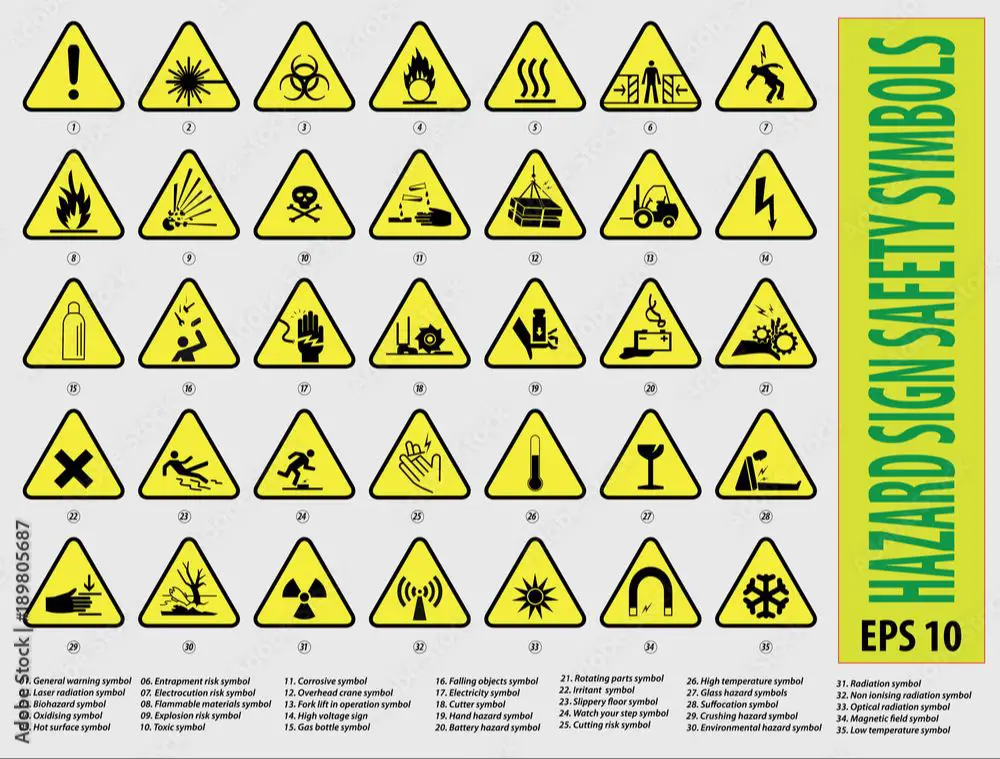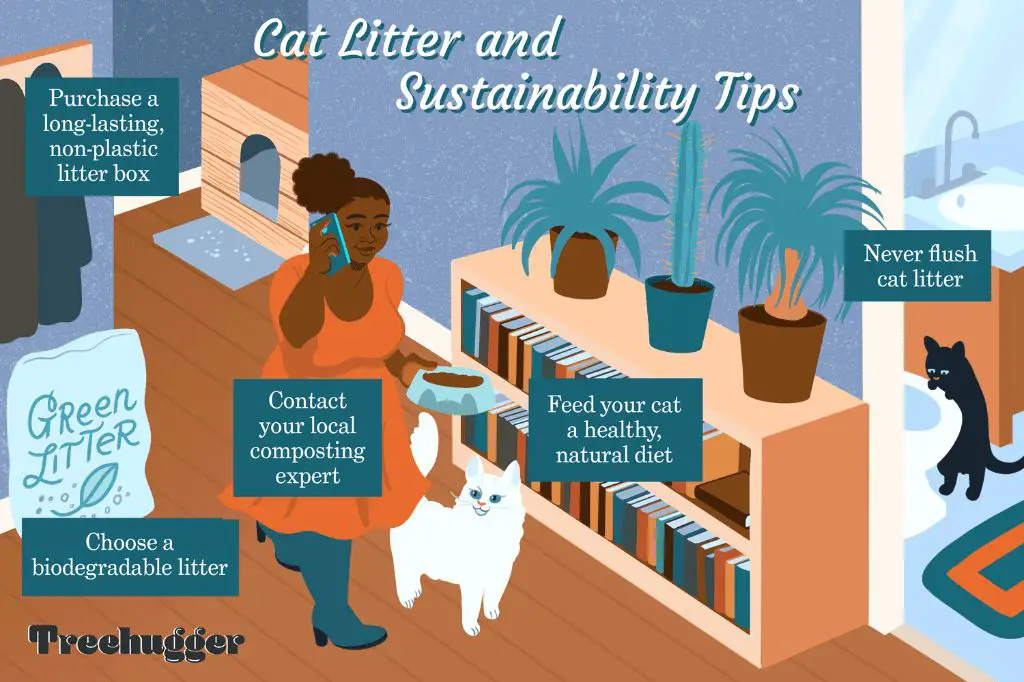It’s common knowledge that cat litter can be used to absorb oil spills. Many people keep a bag of cat litter in their garage or workshop specifically for this purpose. The clay material that makes up most cat litter products is highly absorbent, which allows it to soak up liquid spills effectively. When cat litter comes into contact with oil, it draws the oil into the clay and contains it, preventing further spreading across floors or surfaces. This makes cat litter a handy product to have on hand for minor automotive leaks and spills in the garage or driveway. Its absorbent properties and availability make cat litter an affordable and accessible option for quick oil spill clean-up.
How Cat Litter Absorbs Oil
Most cat litter today consists of clay, particularly bentonite clay. Bentonite clay has a clumping property that allows it to absorb liquids like oil. When the clay comes into contact with oil, it forms into clumps, trapping the oil inside. The natural absorbency of the clay draws in the oil and contains it. According to New Pig, clay cat litter products contain high amounts of montmorillonite, which is an expandable clay that forms clumps when it absorbs oils or other liquids.
The clumping action occurs because oils have hydrophobic properties that interact with the clay particles. When oil is spilled on clay cat litter, the individual particles clump together around the oil, absorbing and containing it within the clumps. This clumping property makes clay cat litter highly effective for absorbing small liquid spills.
Effectiveness Compared to Other Absorbents
Cat litter can absorb oil spills effectively, but may not be as efficient as commercial oil absorbents that are specifically designed for this purpose. According to New Pig, cat litter tends to have additional odor control and anti-clumping properties whereas products like Oil Dri exist in a more basic clay form optimized for absorption.
Tests by Ypers have shown that oil absorbents like polypropylene can absorb 3-4 times more liquid than clay litters. The porous structure and oleophilic nature of commercial sorbents allows them to quickly encapsulate oil on contact. Cat litter is more general purpose and absorbs oil through the natural absorbency of clay.
However, CatZmag notes that cat litter can still be an effective oil absorbent in a pinch, absorbing up to 1.5 times its weight. It simply may take more cat litter to soak up large spills. Properly processed clay litters without scents or additives tend to work best for oil absorption.
Overall, commercial oil sorbents are preferable for large spills, but cat litter can serve as an adequate absorbent if no alternatives are available. Focusing on unscented, additive-free litters optimizes the natural absorbency.
Factors That Impact Absorbency

There are two main factors that impact how well cat litter can absorb oil and other liquids – the type of litter material, and the freshness of the litter.
Clay litter tends to be the most absorbent type of cat litter. The clay absorbs liquid into the pores between its particles. Clumping clay litter is designed to absorb liquid and form clumps for easy scooping. Silica gel crystals and other porous synthetic litters can also absorb liquid effectively. On the other hand, lightweight litters made from plant fibers or paper tend to be less absorbent.
The freshness and cleanliness of the litter also affects absorbency. Brand new, unused litter will absorb liquid the best. As the litter gets saturated with urine and allows odors to build up, its absorbency decreases. Scooping clumps and replacing soiled litter regularly helps maintain absorbency.
According to research from CatCare (https://catcare.ir/en/properties-of-cat-litter-in-fluid-absorption/), the absorption capacity of cat litter ranges between 100% and 300% of its own weight. However, absorption capacity depends on the litter material and decreases over time as the litter is used.
Absorb Large Spills with the Proper Amount of Cat Litter
When dealing with substantial oil spills in a garage, driveway, or parking area, using an ample amount of cat litter is crucial for fully absorbing the spill. According to experts, you’ll want to apply a layer of litter that is at least 1 inch thick over the entire spill. This will provide enough absorbent material to soak up all of the oil [1].
When pouring the cat litter, start near the center of the spill and work your way outward in a circular pattern to cover the entire affected area. Don’t be skimpy with the amount – it’s better to use too much litter than not enough. Let the cat litter sit for at least 24 hours to fully absorb the oil, keeping people and pets away from the area during this time.
Once the litter has had sufficient time to work, use a stiff broom or shovel to sweep up the saturated litter. You may need to apply and sweep several rounds of fresh litter to fully remove all traces of oil. Properly dispose of the used litter.
It’s crucial to use enough cat litter and allow full absorption time when tackling big oil spills. This process helps lift even stubborn stains, leaving your garage, driveway or parking area fresh and oil-free.
[1] https://www.garagejournal.com/forum/threads/kitty-litter-oil-stains.490888/
Safety Tips
When using cat litter to absorb oil, it’s important to keep safety in mind. Here are some tips:

Ensure proper ventilation
Spilled oil can release dangerous fumes, so make sure the area is well-ventilated. Open windows and use fans to circulate fresh air.
Avoid fire hazards
Oily cat litter is flammable, so keep it away from any sources of ignition like flames, sparks, or heaters. Completely soak up the spill and dispose of the litter promptly.
Wear gloves and goggles for protection from irritating fumes. Have an ABC fire extinguisher on hand just in case.
Never smoke near oily cat litter. Be very cautious using electrical equipment around absorbed spills.
Reusing Cat Litter
When cat litter is used to absorb oil spills, the question often arises – can the used litter be reused in the litter box? The general consensus is no. Once cat litter has absorbed any amount of oil, grease, or other hydrocarbons, it is not recommended to reuse it for your cat.
According to New Pig, a leading manufacturer of oil absorbents, kitty litter is very porous and will hold onto the oil, even after appearing dry. The oil can later leach out of the litter and create a mess in the litter box or imprint onto your cat’s paws (Source). Even tiny amounts of oil contamination can cling to your cat’s paws and fur or get tracked through your home.
While some internet forums discuss experimenting with reusing a small portion of litter mixed with fresh litter, most experts advise against it. The safest solution is to dispose of litter after it contacts oil or grease spills and replace it with fresh, unused litter.
Proper Disposal
Once the cat litter has absorbed the bulk of an oil spill, it should be disposed of properly to avoid further contamination. Here are some tips for disposing of oil-soaked cat litter:

Place the used litter in a sealed plastic bag so the oil doesn’t leak out. Cat litter itself is non-hazardous, but once it has absorbed things like oil, grease, paint or other chemicals, it can become a hazardous waste.
Check if your local municipal solid waste service takes absorbents contaminated with petroleum products. Often they require these to be disposed of as hazardous waste.
Contact your local recycling and hazardous waste center to ask about proper disposal options. Many have special procedures for handling oil-soaked absorbents.
Do not dump used litter with absorbed oils down the drain or into storm sewers, as this can contaminate water sources. Avoid placing it in your curbside garbage bins as well.
Consider renting a hazardous waste disposal drum to collect used absorbents until you can properly dispose of them.
Recycle or dispose of the packaging from the original unused cat litter according to local guidelines once empty.
With proper disposal, you can use cat litter’s excellent absorbent abilities to effectively clean up oil spills while minimizing environmental impact.
Alternatives to Cat Litter
There are some household items that can be used as alternatives to cat litter for absorbing oil spills. According to the Garage Journal forums, plain clay cat litter works well for oil absorption. However, you’ll want to avoid clumping or scented cat litter as they contain chemicals that aren’t ideal for cleaning up spills (Garage Journal). Walmart’s generic cat litter is a great inexpensive option.
Some other household items that work to absorb oil include the following:
- Baking soda
- Corn starch
- Salt
- Flour
- Sand
- Sawdust
These powdery substances can help soak up oil spills on hard surfaces like concrete driveways or garage floors. Simply sprinkle a thick layer over the spill and let it sit for a few hours before sweeping it up. The powder will clump with the oil for easy cleanup. Test on a small area first, as some may stain the surface (New Pig).
Summary

Cat litter is an extremely effective absorbent for oil spills. The granular nature and porous material allows the litter to soak up oil quickly and contain it. Compared to other household absorbents like paper towels, cat litter absorbs far more oil per pound. The type of litter and litter freshness impact absorbency, with clumping clay litter that hasn’t been used yet performing the best. Safety is important when using cat litter for large spills, wearing gloves and avoiding breathing dust if the litter is very dry. While litter can be reused after absorbing oil, it should be disposed of properly eventually according to local regulations. Alternatives like sand, diatomaceous earth or commercial oil absorbers are available, but cat litter often provides the best combination of availability, price and absorbency for small household spills.

